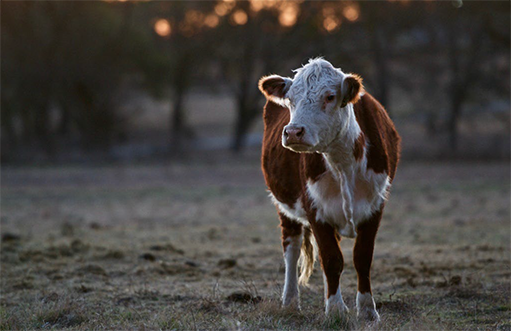
Executive summary
Bovine Tuberculosis (TB) has been a persistent concern for New Zealand’s agricultural sector since the 1880’s and is still ongoing today in some parts of the country. While considerable progress has been made in reducing the prevalence of bovine TB, complacency in both farmers and industry representatives poses a threat to its effective control and eradication.
New Zealand Inc. must be bold in the fight for TB freedom. Eradicating Complacency looks at the historical journey New Zealand has been on with the disease, the efforts taken to reduce possum numbers and infected herd numbers, and what the current state of play of the disease is currently at in 2023.
This report, Eradicating Complacency, investigates the current perception and understanding of Bovine TB with farmers and industry, to gauge if there is a level of complacency happening with the disease in NZ. The aims of this study were to:
– Investigate the current perception and knowledge of Bovine TB and the TBfree programme with farmers and industry in NZ.
– From the above findings, determine what is needed to make TB visible in regions where there aren’t infected herds or wildlife.
– Review what story telling has already been done with farmers and industry representatives that have been impacted by TB in the past.
– Determine a people centred strategy going forward to ensure complacency does not occur with farmers and industry, and efforts are sustained the closer we get to eradication of TB in herds by 2026.
To carry this out a literature review was done on the international efforts of eradication of Bovine TB in other countries, the stories that have already been told of those impacted by the disease and how story telling can impact recovery in adverse events. A digital survey focusing on knowledge and perception of the TBfree programme was created and had 71 responses from farmers and industry professionals around NZ. A thematic analysis was used to theme the perception responses. One interview with a Senior Vet from OSPRI NZ was conducted to understand how the TBfree programme has evolved over time.
The research highlights that farmers and industry have a relatively sound understanding of the TBfree programme, however farmers feel there are not enough stories being told on the human and farming impacts of being TB infected. More literature reviews were conducted on the impacts of storytelling in recovery from adverse events.
Recommendations to eradicate complacency, the closer we get to Bovine TB eradication are:
– Human centred communications focusing on the people impacts, alongside the technical information.
– Increase story telling of impacted farmers and industry professionals to help make TB visible in non-visible areas of NZ.
– Education with younger generations, lifestylers on impacts of TB, and what it means to be TB free in New Zealand.
Eradicating Complacency shows valuable insights into what the next few years could look like as we move closer to 2026. It’s human-centred and has the people in the industry at its core.
Download and read the full report here:




